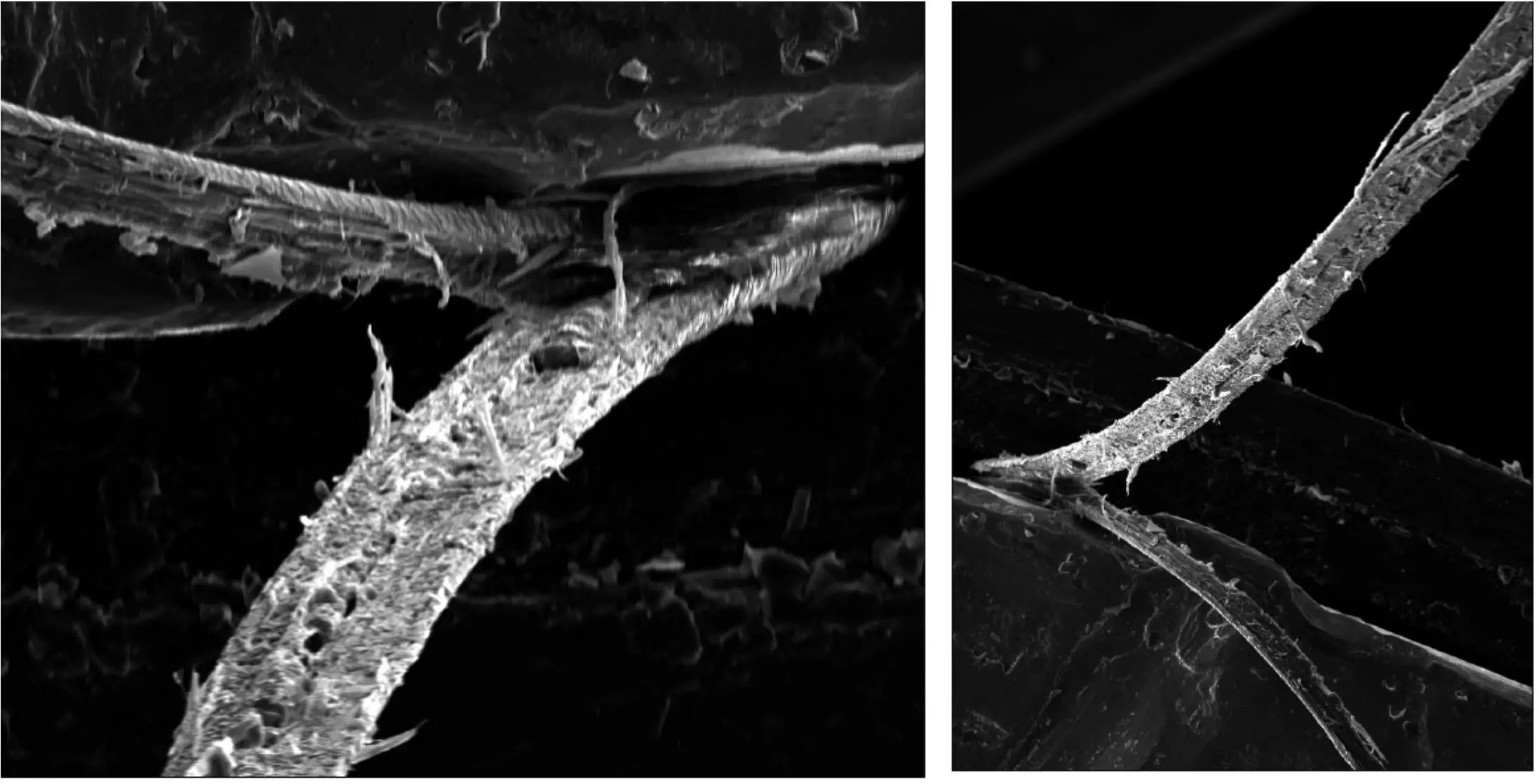Many people struggle with split ends, a common hair problem that can cause frustration and damage. The science behind split ends is not well understood, prompting researchers to delve deeper into this knotty issue. A team at Trinity College Dublin, led by Professor David Taylor, has developed a machine specifically designed to investigate split ends and their causes. This innovative research aims to shed light on why some individuals are more prone to split ends than others.
Professor Taylor’s team, known for their work in the Trinity Centre for Biomedical Engineering, collaborated with cosmetics company L’Oreal to create the “Moving Loop Fatigue machine.” This machine mimics the process of combing tangled hair, allowing researchers to study how split ends occur and develop. By testing two types of hair – one from a person with split ends and one from a person without split ends – the team was able to generate splits in both samples. Interestingly, the hair prone to splitting developed longer and more frequent splits compared to the healthy hair.
Isobel Duffy, a researcher on the team, expressed astonishment at the machine’s effectiveness in replicating split ends. The machine was able to split a single strand of hair along its entire length, similar to natural hair splitting during combing. This breakthrough allows researchers to study the factors contributing to hair splitting and the impact of various cosmetic treatments on hair quality.
Professor Taylor emphasized the significance of this research as a preliminary step towards understanding the biomechanics of hair splitting. The study sets the stage for future investigations involving a larger sample size with varied hair types, including curly hair. Moreover, the team plans to explore the effects of humidity, temperature, and different treatments on hair splitting. This comprehensive approach will provide valuable insights into how to prevent and treat split ends effectively.
Robert Teeling, another team member, reflected on his unexpected journey from an Engineering student to testing hair for his Master’s research. This shift in focus highlights the complexity of hair as a material and the need for further scientific exploration to unravel its mysteries. The team’s work has the potential to revolutionize the cosmetics industry and improve hair care practices worldwide.
The research conducted by the team at Trinity College Dublin marks a significant advancement in understanding the science behind split ends. By utilizing the Moving Loop Fatigue machine and conducting meticulous experiments, the researchers have laid the groundwork for future studies on hair splitting. This groundbreaking work has the potential to enhance hair care practices and provide valuable insights for individuals seeking to maintain healthy and resilient hair.


Leave a Reply